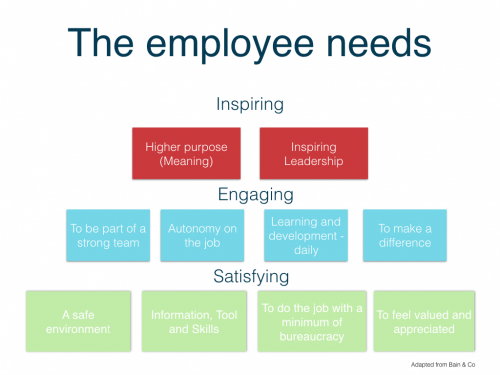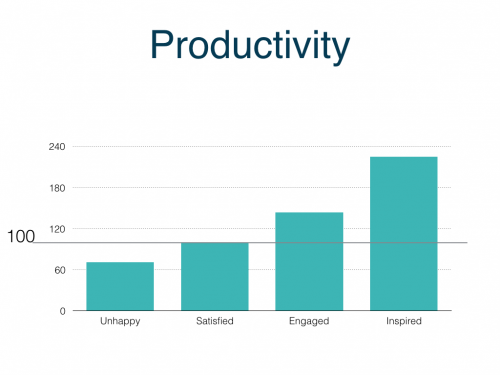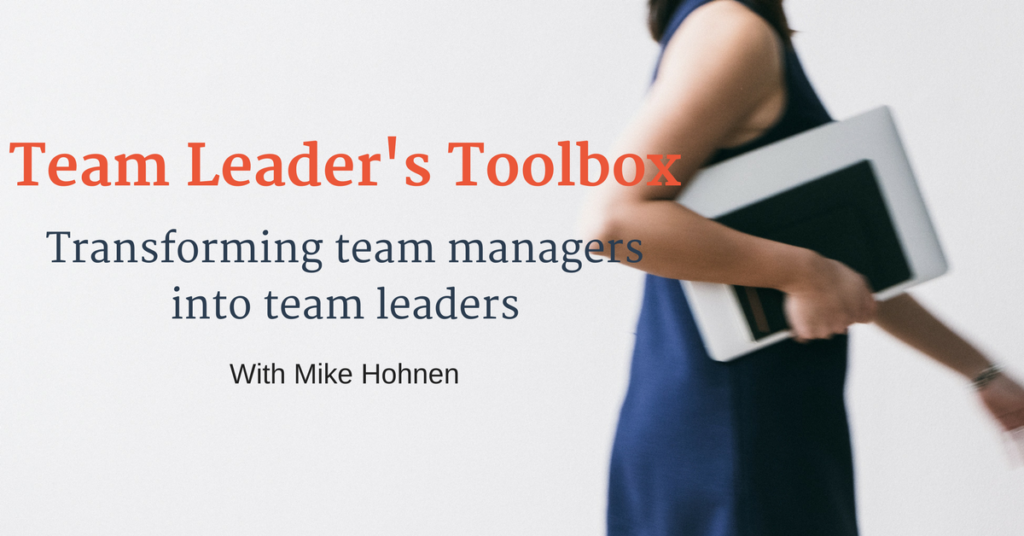
The concept of being inspirational may feel overwhelming to some. We tend to associate inspirational with icons of business like Richard Branson or monumental politicians such as Churchill or Kennedy.
But if you did the little exercise I invited you to try out last week, trying to identify leaders who in your career have been inspirational. I am sure you came up with a few even if you have not been fortunate enough to work for someone in the Branson category. Leaders with a lot less punch than Branson can still come across as very inspirational.
So, is the ability to be inspirational something we are born with or is it a learned skill? Maybe a bit of both. It is probably true that for some people, this comes more naturally than to others. But there is also lots of evidence that becoming more inspirational can be learned.
It begins with awareness. Awareness precedes change.
If we can identify the gap between our current skill level and the results we would like to see, then we have the best possible starting point for learning.
So, looking at what it takes to become inspirational, we can start with the very basics. Two things need to be in place for you to come across as inspirational and followership to occur as a consequence.
1) You need to be there.
2) You need to know where you want to go.
Yes, the first step is presence.
Only if you are fully present can you hope to be an inspiration to anybody. If you are distant, unfocused, distracted, frustrated or otherwise multitasking. You not only don’t have the necessary connection with the people, you are also undermining whatever trust there was between you.
No trust, no followership. David Maister has written extensively on how we compute trust in others. You can find more here.
What now?
Try and observe yourself over the next few days as you interact with your team. At the end of the day, rewind the day and think about the encounters you had. Were you fully present? Yes or no? Presence is a bit like pregnancy in that you cannot be somewhat present. Either you are there or you are not.
If you can identify situations when you were not fully there, ask yourself why. Was it your mood, external interference or what? Did you forget to reset you mind and body as you drifted from one meeting to the next? Was half of you still arguing a point in the previous meeting as you started the new one? If you are unsure how to reset your body/mind to a more present state, check out my friend Anouk Brack. She and her colleagues do a great job teaching this stuff.
Once you have mastered being present – it’s time to get clear about where are you going. Sometimes we call that vision/ mission work, but again that can become awfully theoretical and highbrow. I like to ask myself the question: So what are we trying to create?
Think of yourself having a coaching conversation with me. What would you answer be if I asked you: So if we were having this conversation one year from now and you were to look back on the past 12 months, what would have happened in your (department, company, team) for you to feel that you had made some real progress?
If you can answer that, gather your team and have a conversation about how they feel about this and what they think it is going to take from all of you to get here.
Now you have taken a first important step to becoming much more of an inspiration to your followers. At the same time, this is also a first step to creating the Dream Team that is the foundation of implementing the Service Profit Chain.
Let me know how it works or if you have any questions.
And if you have not yet downloaded my e-book on engagement, you might find some ideas in that to swell. You will find it HERE.
 Enter your email address below and download the ebook now!
Enter your email address below and download the ebook now!
___________________________________________________
This post is one of a series where we are exploring the notion of leadership and how this is different from management. Our starting point is the Service Profit Chain and the understating that the management part of our job will only take us so far. If we really want to create an organisation that is capable of delivering outstanding customer experiences, we need to develop an organisation that delivers outstanding employee experiences – and that requires leadership. You can check out other articles of the series below:









